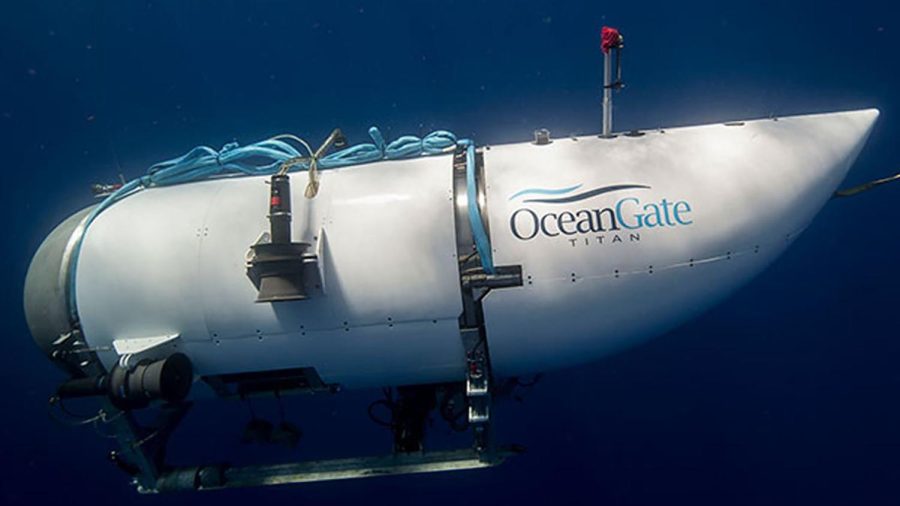[Update]: As of 3:05 p.m. Eastern Standard time, June 22, the five passengers on board the missing submersible known as the Titan have been reported to be deceased.
A “debris field” was discovered by the US Coast Guard and is said to be consistent with the external body of the submarine. The debris was found on the ocean floor around 500 meters from the bow of the Titanic.
The remotely operated search vehicle to have first found the debris comes from the Pelagic Research Services.
Cofounder of OceanGate, Guillermo Sohnlein, initially believed that Rush realized they could utilize a life support basis of oxygen to keep themselves alive for longer, these recent findings indicate that the vessel has imploded as it looks like there was a “catastrophic loss of the pressure chamber” according to the US Coast Guard.
News outlets are still waiting for further information about the submersible and whether or not this will become a recovery mission.
A massive search and rescue mission has been deployed southeast of the Newfoundland coast in hopes of finding OceanGate’s Titan, the missing submersible that charges passengers $250,000 to take an immersive dive to see the wreckage of the Titanic.
The vessel is manned by founder and CEO, Stockton Rush, and contains four other passengers including: businessman and explorer, Hamish Harding, maritime expert, Paul-Henri Nargeolet and businessmen and his son, Shahzada and Suleman Dawood.
Although the submersible was not reported missing until Sunday evening, hours after the initial loss of contact, the Titan is still said to have a failsafe oxygen back, that should last up to 96 hours (about 4 days). Those aboard the Titan were said to have little water, no food and a small toilet for the duration of their time missing.
Those reporting on the Titan have noted the faults in safety of both the build and actual voyage, have evidence of negligence dating back to 2018. The Titan is made up of multiple different materials, each having different levels of contraction. It is also made up of parts from Camping World and is controlled by a Logitech controller. The vessel is roughly the size of a minivan, and the passengers are bolted in from the outside.
The Titanic is located roughly 13,000 feet below the surface level and is at a pressure level of 6,000 PSI. At this level of pressure, any safety issues or inconsistencies could mean disaster for those aboard the submarine.
The search zone is roughly the size of Connecticut and has experts in deep dives, submarines, as well as the Coast Guard at the head of the mission.
There are dozens of concerns regarding the missing Titan, but some of the biggest are that the submarine got caught in the wreckage, causing difficulty resurfacing, or that there was a pressure leak and the vessel imploded.
Most recently, experts say they have heard banging sounds at 30-minute intervals according to a Canadian search aircraft. The hope for rescuing these passengers is dwindling as their time and oxygen runs out. Should the vessel be stuck in the wreckage, a rescue mission would be near impossible given the faulty build of the submarine as well as the fact that the very limited number of submersibles that can reach those depths cannot be deployed without weeks advance notice.
As of today, June 21, the Titan has less than 20 hours left of oxygen. Stay tuned for more updates.
Meagan Garcia is the arts & culture editor and may be reached at [email protected].
















